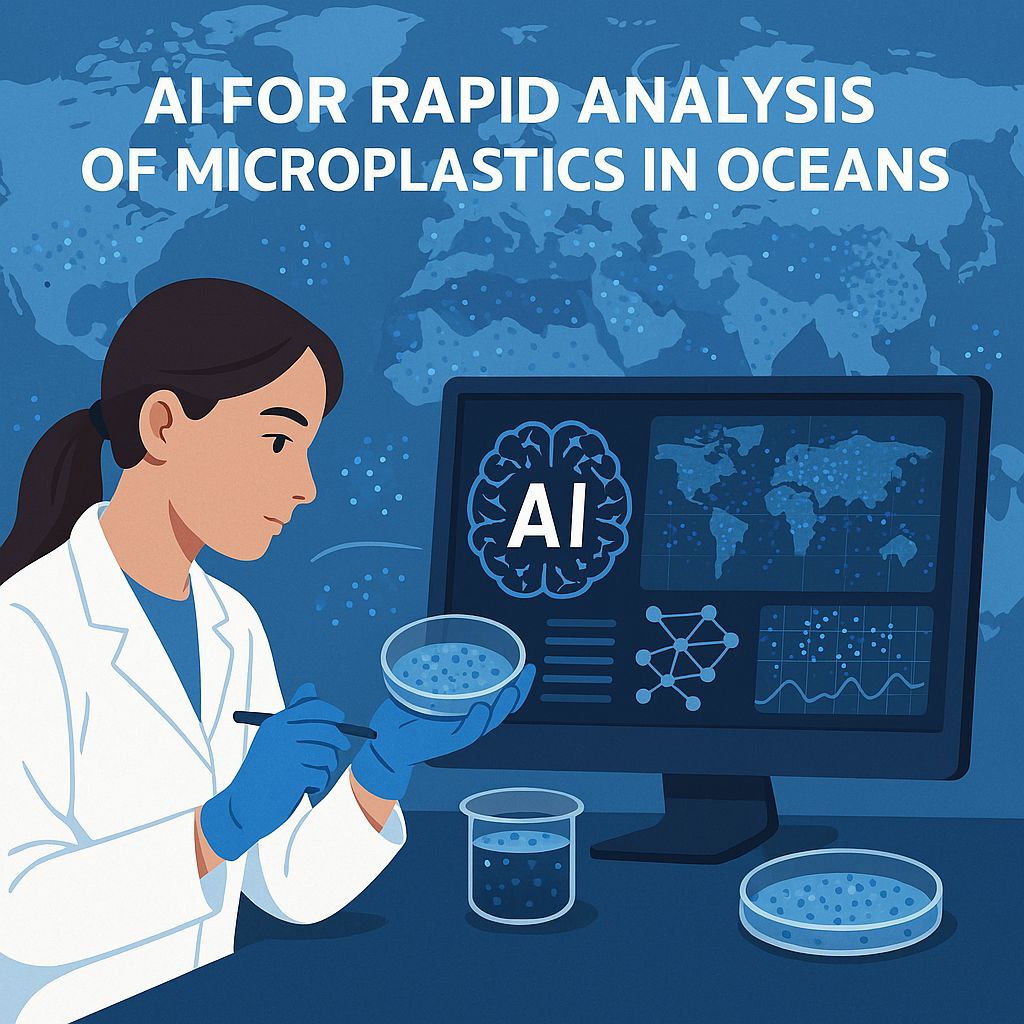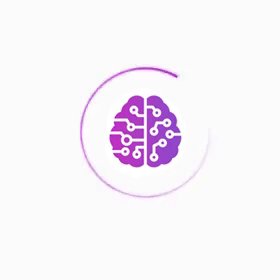
Microplastics are one of the most serious environmental threats of our time. These tiny plastic particles pollute the oceans, enter the bodies of marine animals, and eventually make their way into the human food chain. Until recently, studying microplastics was a complex and time-consuming process, but scientists from Monash University in Australia have made a breakthrough that could change the situation.
How Does the New Technology Work?
Australian researchers have developed an artificial intelligence system capable of analyzing microplastics in seawater within seconds. Traditional research methods require sample collection, lengthy laboratory analysis, and complex calculations, which can take weeks or even months. The new AI can perform the same task almost instantly, allowing researchers to quickly assess pollution levels and take action.
The algorithm uses machine learning and computer vision to classify microplastic particles by size, composition, and possible origin. To train the system, scientists used massive datasets on different types of microplastics, enabling it to identify pollutants with high accuracy.
Why Is This Important?
The integration of AI into microplastic research offers several key advantages:
Speed and Accuracy – AI processes data much faster than humans, reducing the risk of errors.
Efficiency – Automation allows scientists to focus on developing solutions to eliminate pollution.
Scalability – The technology can be applied worldwide, making ocean monitoring easier and more effective.
Future Prospects
This breakthrough opens new opportunities in the fight against ocean pollution. With rapid data processing, scientists will be able to respond quickly to changes in pollution levels and propose more effective cleanup methods. In the future, similar technologies could be used not only for water monitoring but also for ocean cleanup using autonomous systems.
The development of such solutions is a crucial step toward protecting marine ecosystems and reducing the negative impact of plastic on the environment. Humanity now has a powerful tool to combat microplastics, and its implementation could significantly improve the global ecological situation.
